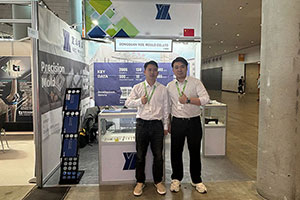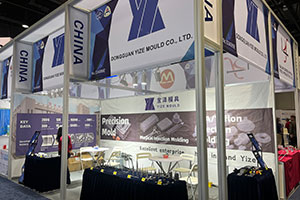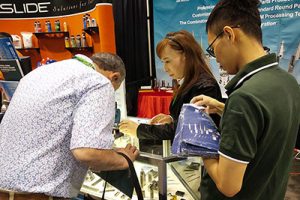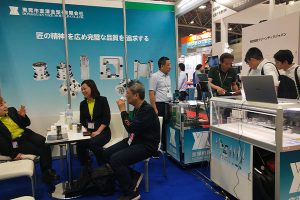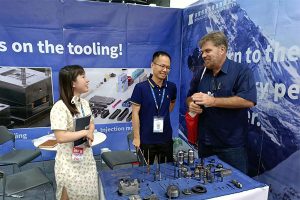Solutions to Scratching Issues in Drawing Dies
In the field of alloy material processing, drawing dies are indispensable tools used to transform materials into components of various shapes and sizes. However, die scratching is a common and […]
In the field of alloy material processing, drawing dies are indispensable tools used to transform materials into components of various shapes and sizes. However, die scratching is a common and challenging issue encountered during the drawing process. Die scratching not only affects the aesthetic quality of products but may also reduce the service life of the dies and increase production costs. Therefore, addressing the issue of alloy drawing die scratching holds significant practical importance. This article will explore solutions to alloy drawing die scratching from the aspects of die design, material selection, lubrication methods, processing techniques, and operational management.
I. Analysis of the Causes of Drawing Die Scratching
- Unreasonable Die Design: Unreasonable die design is one of the primary causes of drawing die scratching. If the die’s fillet radius is too small, the die clearance is too large or too small, or the surface roughness of the die does not meet standards, it will increase friction and wear between the die and the material, leading to scratching.
- Improper Material Selection: The choice of alloy material significantly impacts the wear resistance and service life of the die. If the selected alloy material lacks sufficient hardness or toughness, it is prone to deformation or cracking, resulting in die scratching.
- Poor Lubrication: Poor lubrication is another important cause of drawing die scratching. If the lubrication method is inappropriate, the lubricant selected is unsuitable, or the lubricant quality is poor, it will increase friction between the die and the material, leading to scratching.
- Improper Processing Techniques: Improper processing techniques are also a cause of drawing die scratching. If the processing temperature is too high, the speed is too fast, or the pressure is too great during the processing, it will damage the die and increase the risk of scratching.
- Inadequate Operational Management: Inadequate operational management may also lead to drawing die scratching. For example, improper die installation, non-standard operation, or untimely die maintenance may all affect the normal use of the die and increase the risk of scratching.
II. Solutions to Drawing Die Scratching
1. Optimizing Die Design
O nosso negócio de fábrica: peças de metal duro, peças de molde, moldes de injeção médica, moldes de injeção de precisão, moldagem por injeção de teflon PFA, acessórios para tubos PFA. e-mail: [email protected],whatsapp:+8613302615729.
- Rational Design of Fillet Radius: Design a reasonable fillet radius for the die based on the characteristics of the alloy material and the requirements of the drawing process to reduce friction and wear between the die and the material.
- Controlling Die Clearance: Control the die clearance reasonably based on the thickness of the alloy material and the requirements of the drawing process to ensure that the material can flow smoothly during the drawing process and avoid excessive stress and friction.
- Improving Die Surface Quality: Adopt advanced processing technologies and equipment to enhance the surface finish and hardness of the die, reduce the friction coefficient between the die and the material, and minimize the risk of scratching.
2. Selecting Appropriate Materials
- Choosing High-Hardness, High-Toughness Alloy Materials: Select alloy materials with high hardness and toughness based on the requirements of the drawing process and the usage conditions of the product to improve the wear resistance and service life of the die.
- Reasonably Combining Die Materials: Combine die materials reasonably based on the characteristics of the alloy material and the requirements of the drawing process, such as using a combination of cemented carbide and high-speed steel, to enhance the overall performance of the die.
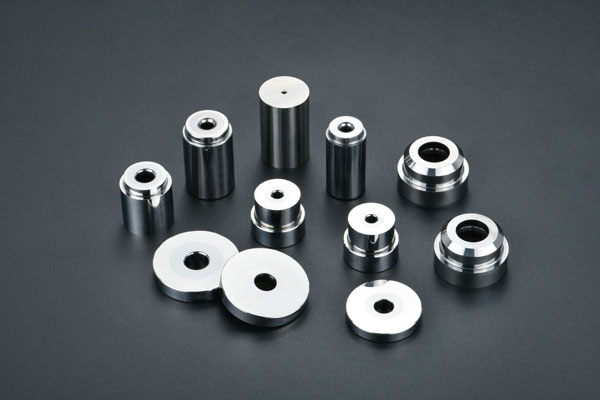
3. Improving Lubrication Conditions
- Selecting Appropriate Lubricants: Choose appropriate lubricants based on the characteristics of the alloy material and the requirements of the drawing process, such as using special drawing oils with good lubricity and adhesion, to reduce friction between the die and the material.
- Optimizing Lubrication Methods: Adopt advanced lubrication technologies, such as oil-air lubrication or ultrasonic lubrication, to improve lubrication effects and reduce the friction coefficient between the die and the material.
- Regularly Replacing Lubricants: Regularly inspect and replace lubricants to ensure their cleanliness and quality, avoiding die scratching due to lubricant contamination or deterioration.
4. Optimizing Processing Techniques
- Controlling Processing Temperature: Strictly control the processing temperature during the processing to avoid die deformation or cracking due to excessive temperature.
- Controlling Processing Speed and Pressure: Reasonably control the processing speed and pressure based on the characteristics of the alloy material and the requirements of the drawing process to avoid excessive impact and wear on the die.
- Optimizing Processing Flow: Optimize and improve the processing flow to reduce unnecessary processing steps and operations, minimizing damage to the die.
5. Strengthening Operational Management
- Standardizing Operations: Formulate detailed operational procedures and flows, provide training and guidance to operators, and ensure that operators can master operational skills and standardize operational behaviors.
- Regularly Maintaining Dies: Regularly inspect and maintain the dies to promptly identify and address problems and potential issues, ensuring the normal use of the dies.
- Establishing Die Archives: Establish die archives to record information such as the usage, maintenance, and replacement records of the dies, providing strong support for the use and maintenance of the dies.
III. Conclusão
Drawing die scratching is a complex issue that requires comprehensive analysis and solutions from multiple aspects. By optimizing die design, selecting appropriate materials, improving lubrication conditions, optimizing processing techniques, and strengthening operational management, we can effectively reduce the risk of alloy drawing die scratching, enhance the service life of the dies, and improve the aesthetic quality of products. Meanwhile, we should also continuously explore new technologies and methods to adapt to the ever-changing alloy materials and market demands.
As a professional tungsten steel processing manufacturer, Dongguan Yize Mold provides you with products such as tungsten steel die components, tungsten steel processing, and cemented carbide parts. Welcome to inquire at +86 13302615729 (WeChat and WhatsApp same number) for more information.


